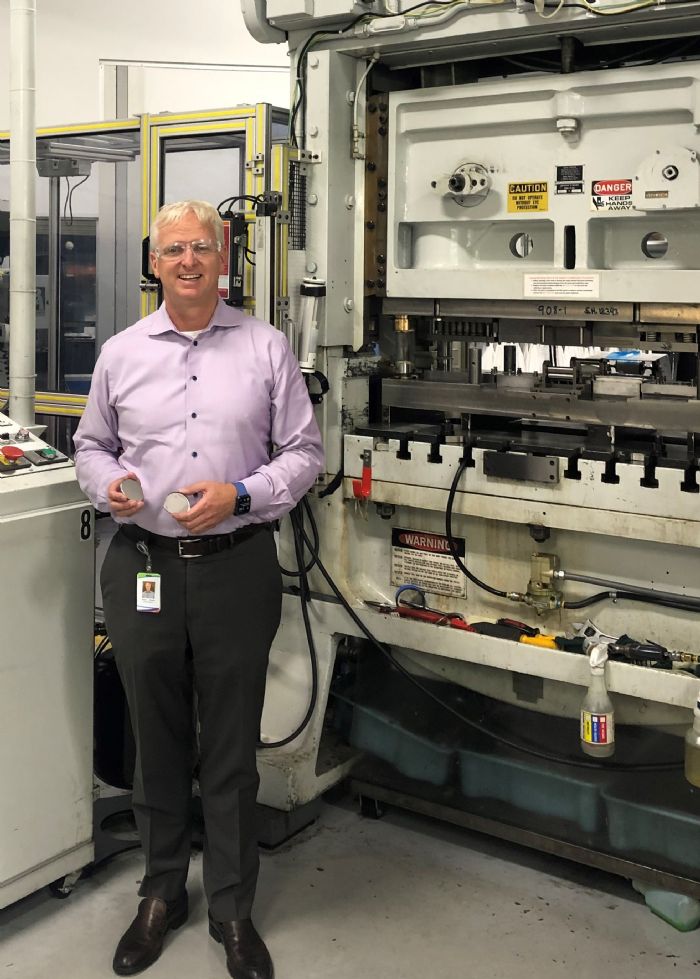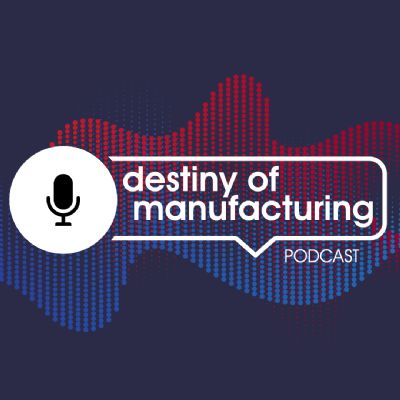We’ve established company values to which we hold people accountable. During performance reviews, we evaluate employees not only on their technical competency but also on their behavior. One example of the type of values and behavior we expect from employees is how they react when a problem arises. We want to avoid the blame/shame reaction—it’s destructive. Instead, we understand that mistakes will occur and use them as opportunities to learn.
And we preach working smart. In fact, we developed an
acronym for SMART:
- Speak up when something is wrong and seek a root
cause.
- Map a corrective action plan.
- Act on the plan.
- Record lessons learned.
- Transfer action(s) to similar processes.
Q: What is the biggest challenge you face as a
company leader?
Howey: Without question our biggest challenge is the
battle for talent. So, we greatly value
retention, again by focusing on culture.
We have a good on-boarding system that includes assigning existing
employees to new hires to, among other things, teach them all about our culture
and values. We also create cross-functional mini teams
that work together on customer-focused collaborative projects.
The way we see it, employees have two reasons for being here—to either service the customer, or to help us satisfy regulations (OSHA, medical, etc.). Since most of us here to service the customers, we believe we do that best if we do it together.
Q: What are two or three of the most important things
you look for in a mid-level manager?
Howey: Emotional intelligence, the ability to create
strong relationships with their team members, and to also hold direct reports,
peers and even senior management accountable.
I also look for people who want to win and who have a strong work ethic.
They must feed the culture by being able to understand people and their
behaviors, and learn what makes them tick.
While we try to hire managers with these qualities, we also
offer them leadership training, which many have said is a life-changing
experience.
Q: What are two things that you believe your company
is doing well? What's one thing that you wish you could change?
Howey: I feel like we’re excelling in the new-product-development process. In 2019 we created a small division within the company called Nextech Labs, with a small sniper team of dedicated people to partner with customers and collaborate with them to bring new medical devices to market. We added state-of-the-art prototyping and process-development equipment to three dedicated spaces, with resources and staff who work collaboratively with customers. Processes performed included multiaxis high-speed CNC and LaserSwiss machining, laser tube cutting, and laser welding, marking, and surface treating, as well as metal forming.
Where can we improve? Despite a lot of success with automation, including some current ongoing programs, I wish we could do more and do it faster. We’ve automated much of our assembly processes using vision systems and pick-and-place robotics, and see automation as delivering a trifecta of benefits—safety, quality and productivity. Part of the challenge is finding enough trained automation engineers to allow us to implement more.
Q: How do you encourage and motivate your management
team?
Howey: We set goals together and focus on the critical items that we all need to do in order to succeed. Winning is a team sport. The management team meets regularly to discuss our five pillars that support our culture—the Okay Way.
The first pillar is talent management, striving to have the best people, through recruiting, onboarding, training and development, and recognition. The second pillar is customer-focused collaboration—how we work together, not just individually. We gauge this through an annual Okay Way Survey, asking the employees to rate the company, including senior management. The third pillar is customer partnerships—working with customers to grow the business and help develop new products, which leads to the fourth pillar—customer-driven innovation, leading us to invest in R&D based on where customers tell us they want to go. For example, recently we’ve had customers suggesting that we move into overmolding, so we’ve begun to develop that as a core competency.
And the fifth pillar is operational excellence. This is where most of our KPIs are, our efficiency gains, downtime improvement, scrap rates, rework, etc.—we probably have 20+ KPIs in this area alone.
Q: Can you provide an example of a solid management
decision you made during the COVID-19 pandemic, and how it helped to address a
major pandemic-related challenge?
Howey: We created a cross-functional COVID-19 response
team, and charged it with supporting five key goals established during the
pandemic, which focused on:
- Safety of our employees.
- Quality of our products—our parts are surgically inserted or implanted in human beings and help to save lives, so maintaining part quality was a must.
- Business continuity and cash flow—there were a lot of critical decisions made to help us get through the challenges of the pandemic.
- Management of employee fears and anxiety—here we did our best to over-communicate to keep people up to date and also to allow them to speak up and share their concerns.
- Play offense—we continued to follow our business plan and strategy, and focus on developing new business, which has been paying off.
Q: I assume it can be “lonely at the top” for you at times. How do you relax, release your stress and rise above the endless list of problems you have to deal with each day?
Howey: Exercise is a big part of my life, including tennis—I used to play a lot of competitive tennis. And, I snow ski and golf. But currently I am training for an event in October called Everesting, a 29,029-ft. mountain climb. I’ll be climbing Stratton Mountain in Vermont—climb up and take a gondola down, 17 times in 36 hours. Sounds relaxing, right?
Technologies: Management
 This month we invite Jason Howey, president and CEO of Okay Industries, Inc., to share his insights. New Britain, CT-based Okay Industries engineers and manufactures components and subassemblies for OEMs in the medical, surgical and other precision specialty markets. When we spoke with Howey, he was quick to bring up “The Okay Way,” described as “our dedication, values and expectations—the way we do business, the way we treat others and the way we ensure we exceed your expectations for excellence at every opportunity.”
This month we invite Jason Howey, president and CEO of Okay Industries, Inc., to share his insights. New Britain, CT-based Okay Industries engineers and manufactures components and subassemblies for OEMs in the medical, surgical and other precision specialty markets. When we spoke with Howey, he was quick to bring up “The Okay Way,” described as “our dedication, values and expectations—the way we do business, the way we treat others and the way we ensure we exceed your expectations for excellence at every opportunity.”







 Podcast
Podcast